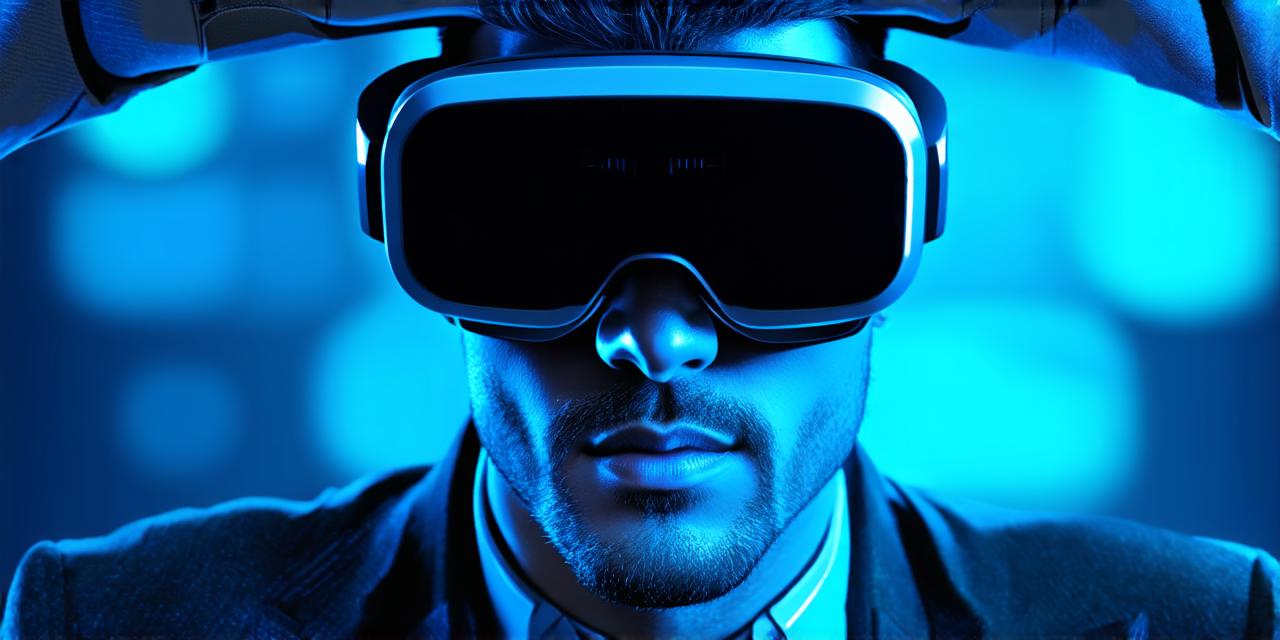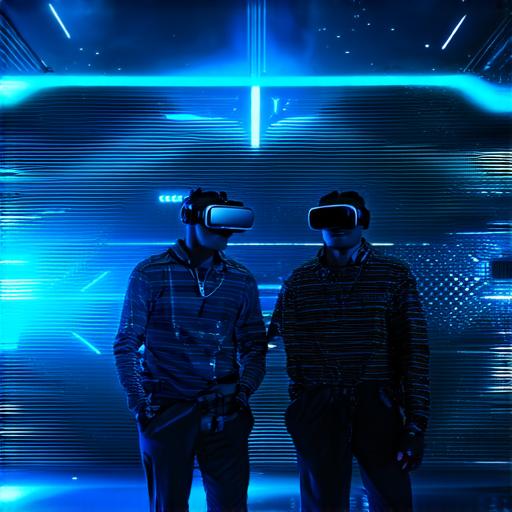
What does experiencing virtual reality feel like?
What is Virtual Reality?
Virtual reality (VR) is a revolutionary technology that allows users to experience a simulated environment in a way that feels like they are physically present. This technology has been around for a while now, but the recent advancements in hardware and software have made it more accessible and affordable than ever before.
The Experience of Virtual Reality
When you put on a virtual reality headset, you are immediately transported into a new environment. The world around you is replaced with a computer-generated simulation that is so realistic that it’s hard to tell where the virtual world ends and the real world begins.
Depending on the experience you are having, you may be standing on the edge of a cliff or exploring an ancient temple. One of the key elements of virtual reality is the sense of presence it creates. When you are in a virtual environment, your brain processes the information it receives from the sensors in the headset and other devices as if you were physically present in that world.
This can lead to a feeling of disorientation at first, but as your brain adjusts to the new environment, you start to feel like you are really there.
Interacting with Virtual Objects
One of the most exciting aspects of virtual reality is the ability to interact with objects in ways that would not be possible in the real world. For example, if you were standing on the edge of a cliff, you could reach out and grab onto a virtual rock, or if you were exploring an ancient temple, you could touch the walls or even push open doors.

This level of interaction is made possible by advanced sensors that track your movements and translate them into actions in the virtual world. This allows you to feel like you are truly in control of your environment, which can be a powerful motivator for learning and exploration.
Virtual Reality in Education and Training
Virtual reality has the potential to revolutionize the way we learn and train. By providing an immersive and interactive environment that simulates real-world scenarios, virtual reality can help students and trainees gain a deeper understanding of complex concepts and develop practical skills in a safe and controlled environment.
For example, medical students could use virtual reality to practice surgeries or emergency procedures, while soldiers could use virtual reality simulations to train for combat situations. Virtual reality can also be used to teach language skills, by immersing users in a virtual world where they have to communicate with native speakers to progress.
Virtual Reality in Gaming and Entertainment
Virtual reality has already had a huge impact on gaming and entertainment. By providing an immersive and interactive environment, virtual reality has allowed developers to create games that are unlike anything we’ve seen before. From first-person shooters to puzzle games, virtual reality has opened up new possibilities for game design.
In addition to gaming, virtual reality is also being used in the entertainment industry to create immersive experiences for visitors to museums, amusement parks and other attractions. For example, users could take a virtual tour of the Louvre Museum or ride a roller coaster through a virtual world.
Virtual Reality and Mental Health
Virtual reality has also been shown to have positive effects on mental health. By providing an immersive and interactive environment that can be customized to suit individual needs, virtual reality can help users overcome anxiety, phobias, and other mental health issues.


